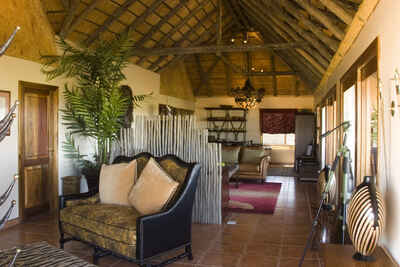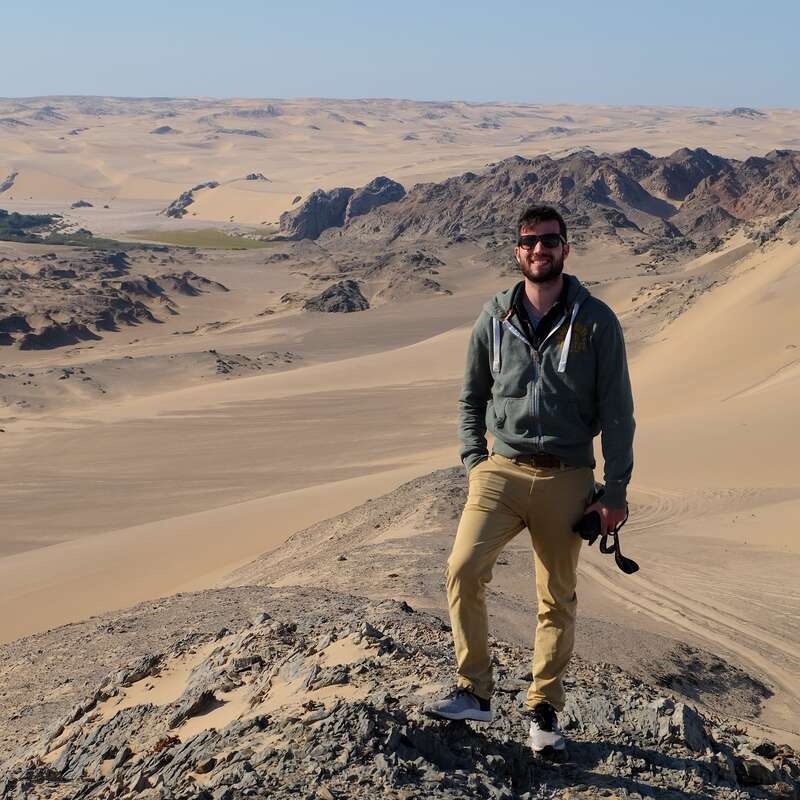About Cheetah View Lodge
Opened in June 2017, Cheetah View Lodge is the newest guest accommodation to be run by Namibia's Cheetah ...
... Conservation Fund (CCF) – a non-profit organisation committed to saving the cheetah from extinction. Set on the CCF's reserve, with views towards the Waterberg Massif, it is adjacent to the CCF's Research and Conservation Centre .
Cheetah View Lodge provides a comfortable, no frills base to access the CCF. This would work well both as a stop between Etosha and Windhoek and for those with a real interest in the foundation’s research and conservation work – as well as those wishing to see the rescued cheetahs at close quarters.
Our view
Cheetah View Lodge provides a comfortable, no frills base to access the CCF. This would work well both as a stop between Etosha and Windhoek and for those with a real interest in the foundation’s research and conservation work – as well as those wishing to see the rescued cheetahs at close quarters.
Accommodation
5 suites
Children
Best for 12+
Open
All year
Activities

4WD Safari

Private activities

Self-guided walking
Traveller reviews of Cheetah View Lodge
16 real, un-edited reviews from Expert Africa's travellers.
Arrived 20 Nov 2024, 2 nights
"Cheetah View Lodge review"
Overall rating: Average
Arrived 1 Oct 2024, 2 nights
"Cheetah View Lodge review"
Overall rating: Excellent
Arrived 18 Sep 2024, 2 nights
"Cheetah View Lodge review"
Overall rating: Excellent
Arrived 23 Feb 2024, 6 nights
"Cheetah View Lodge review"
Overall rating: Excellent
Arrived 14 Nov 2023, 1 nights
"Cheetah View Lodge review"
Overall rating: Excellent
Arrived 27 Jul 2023, 2 nights
"Cheetah View Lodge review"
Overall rating: Good
Arrived 28 Jun 2022, 1 nights
"Cheetah View Lodge review"
Overall rating: Good
Arrived 1 Oct 2019, 1 nights
"Interesting and worthwhile visit"
Overall rating: Good
Arrived 15 Oct 2018, 1 nights
"Cheetah View Lodge"
Overall rating: Good
Arrived 17 Sep 2018, 1 nights
"Cheetah View Lodge"
Overall rating: Excellent
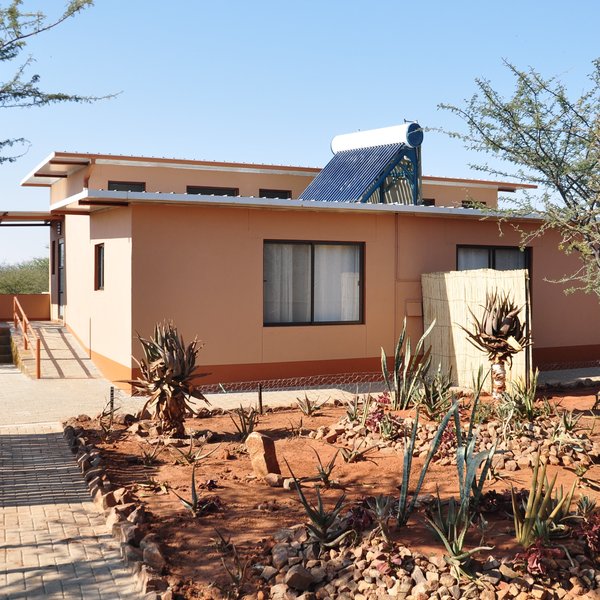
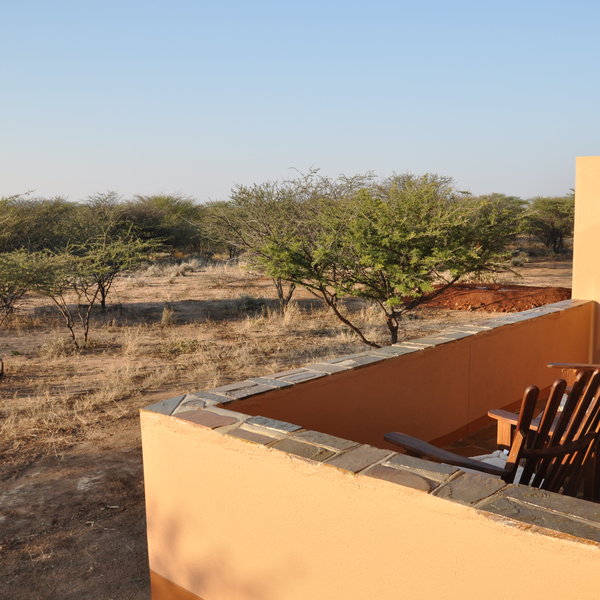
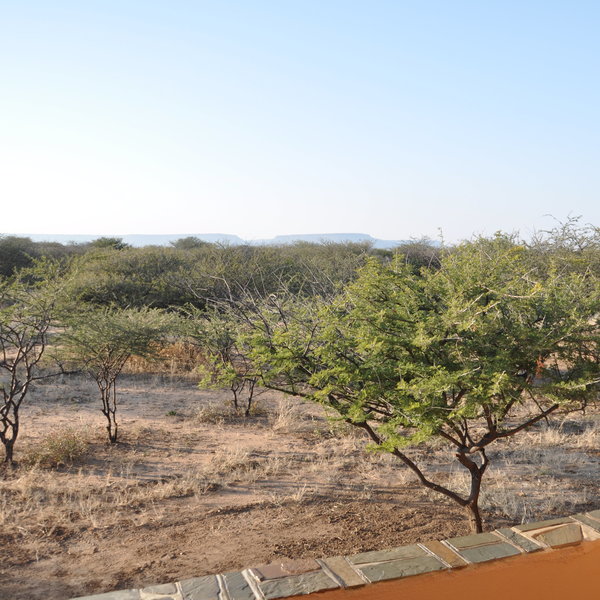
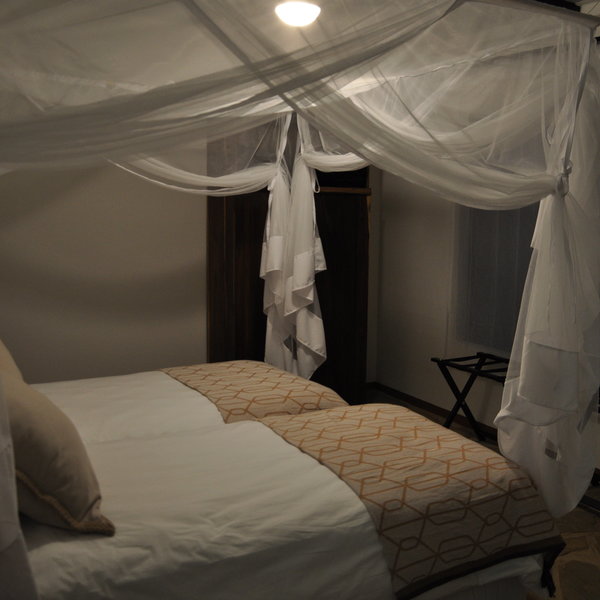
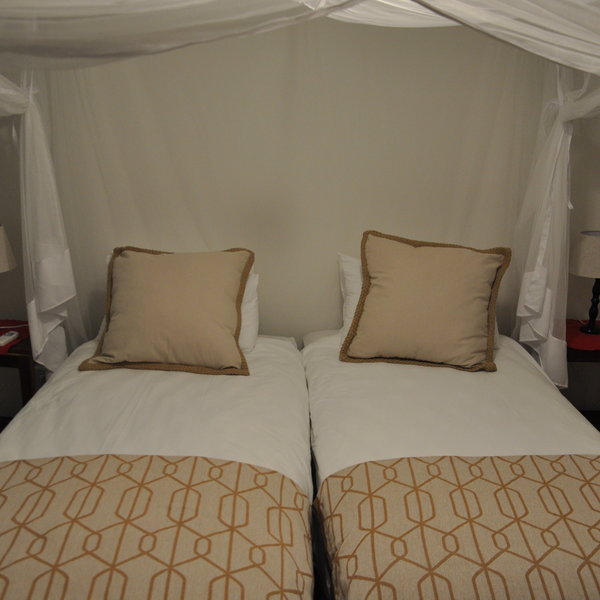
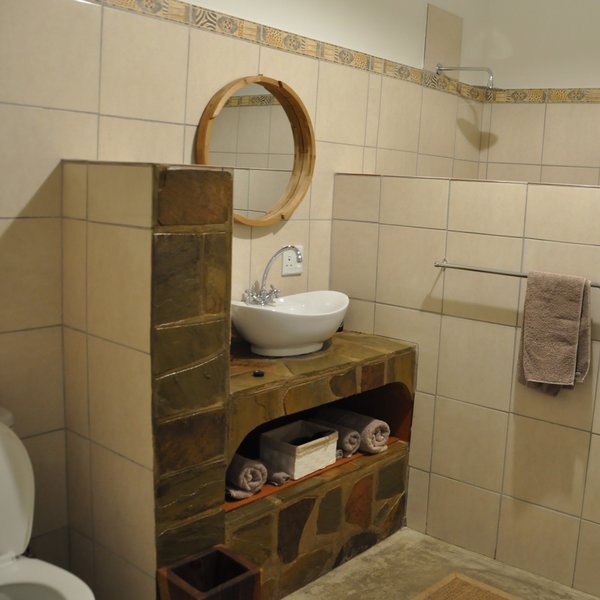
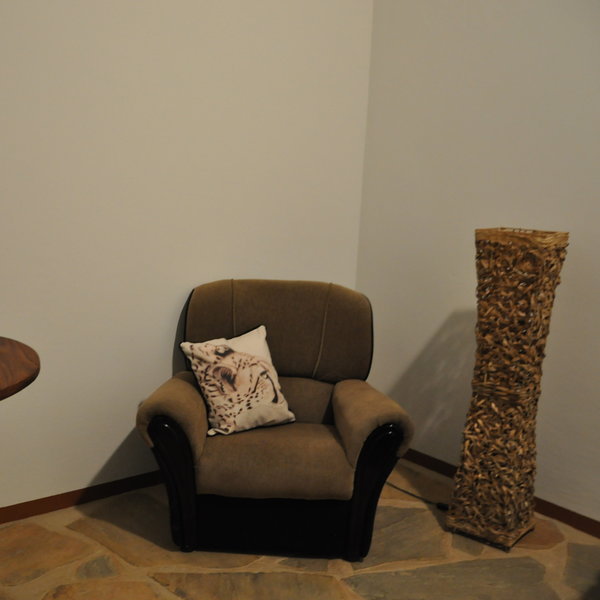
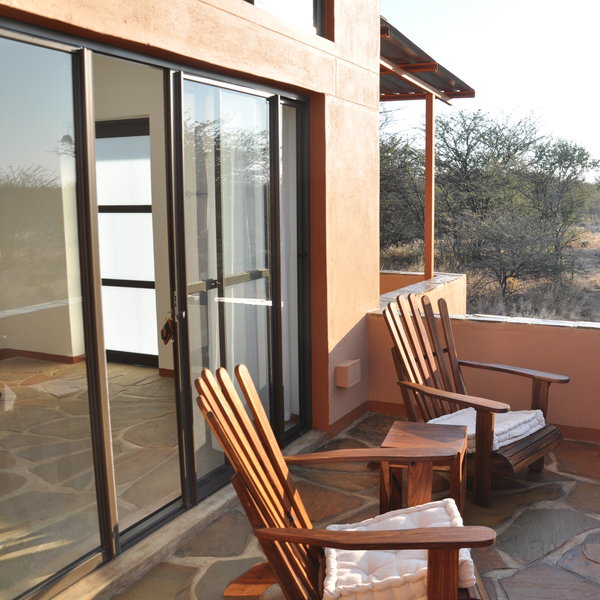
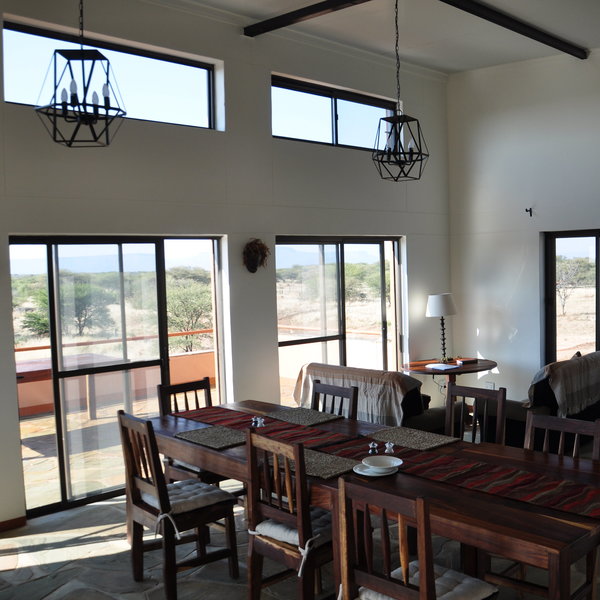
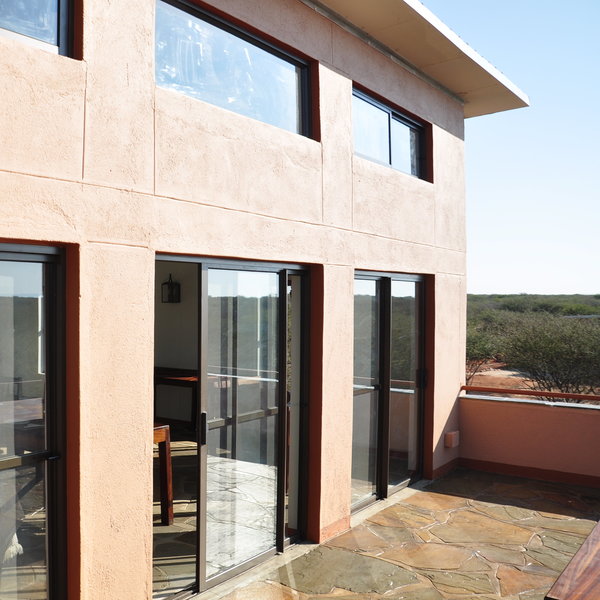
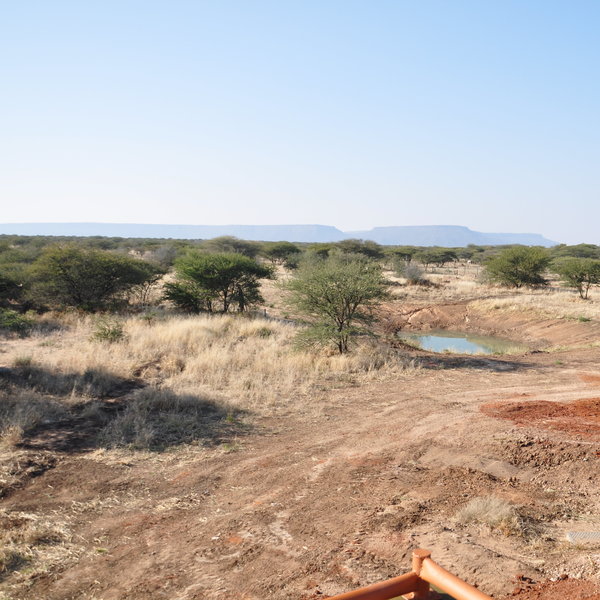
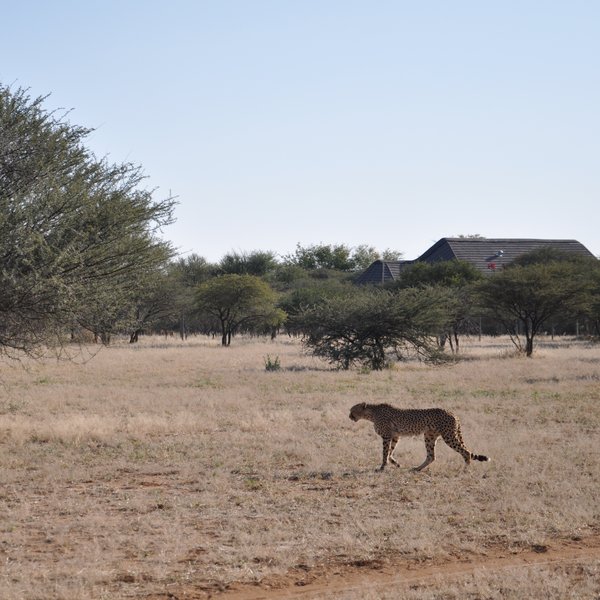
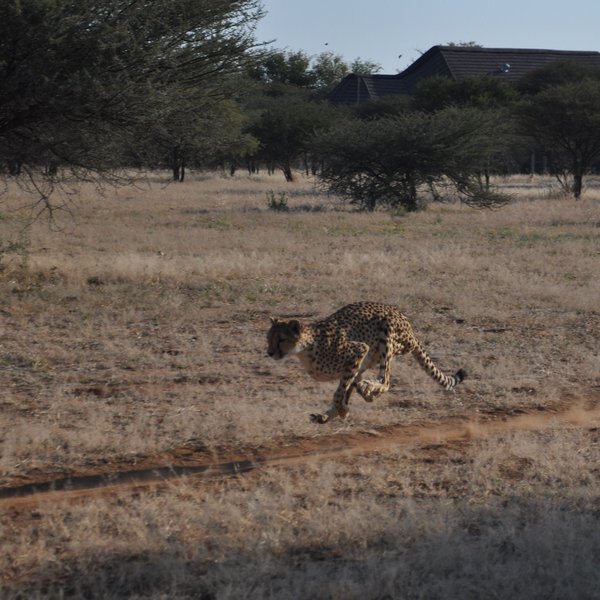
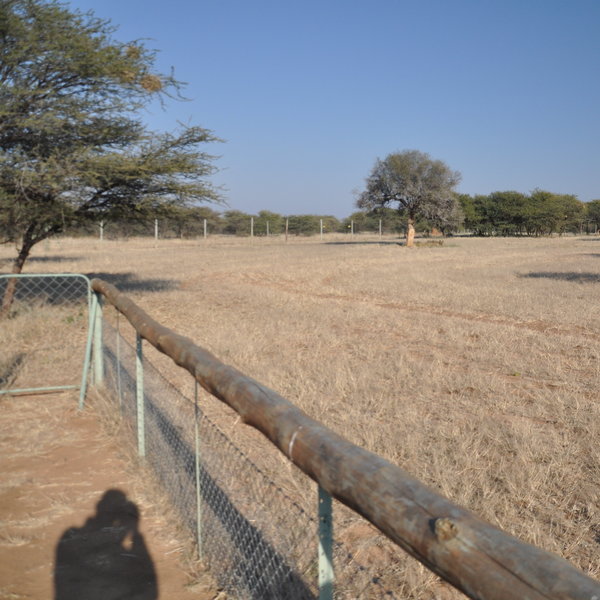
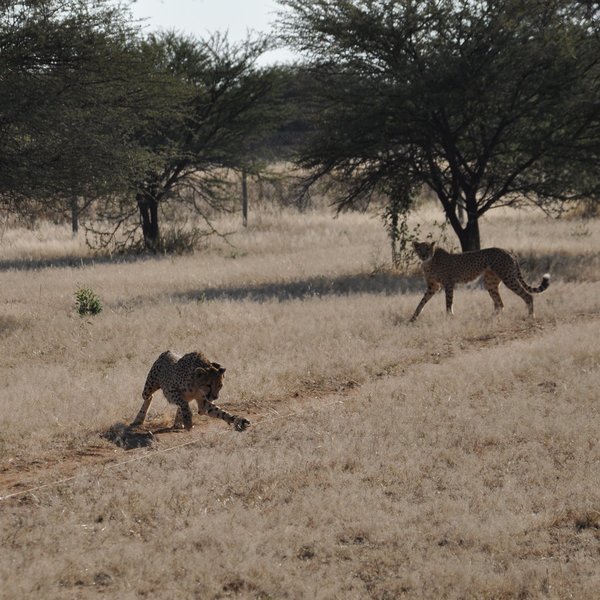
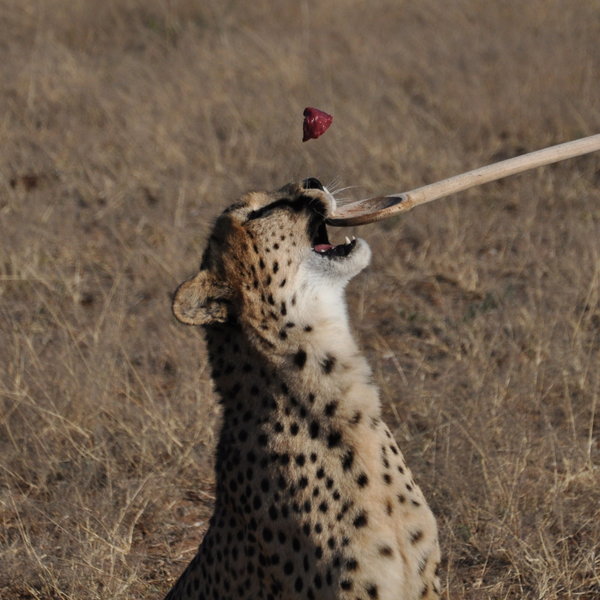
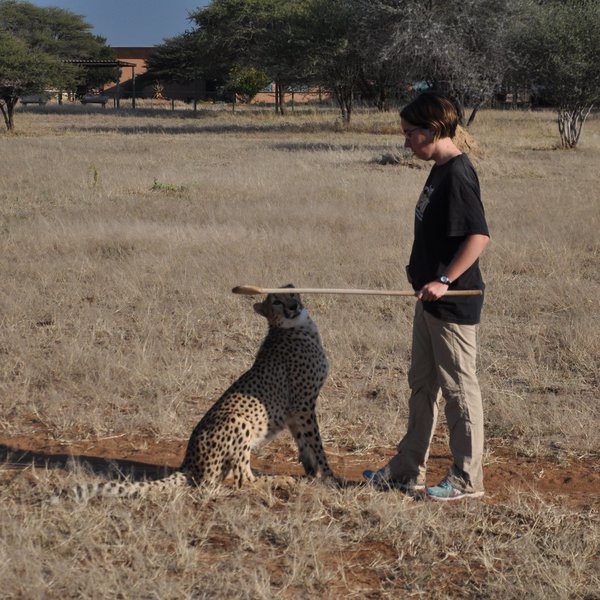
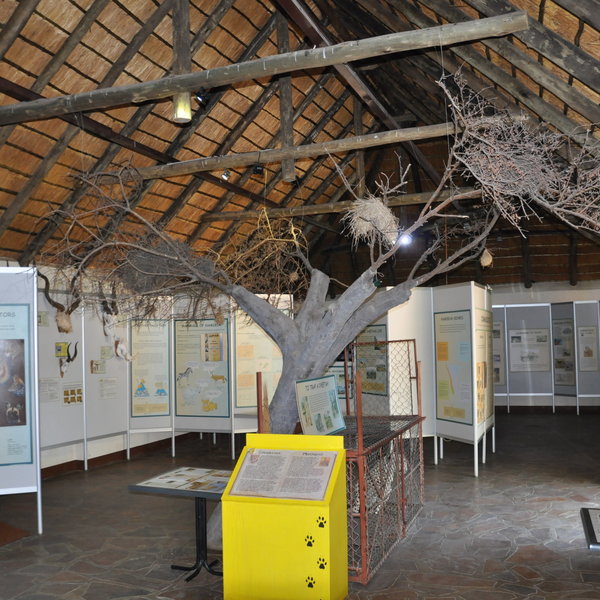
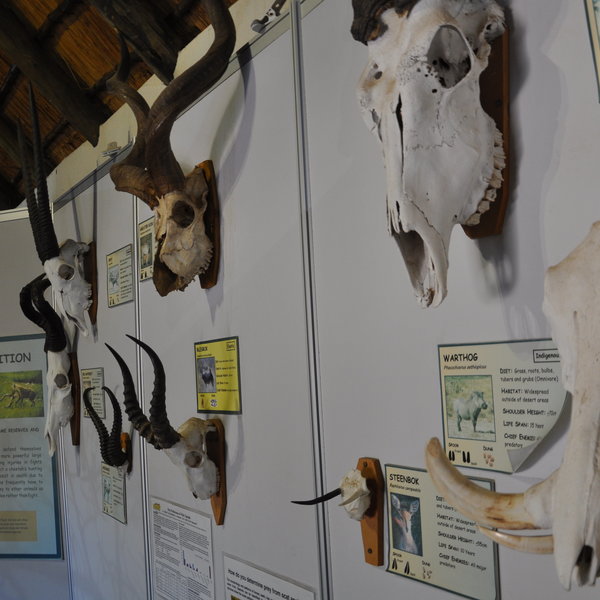
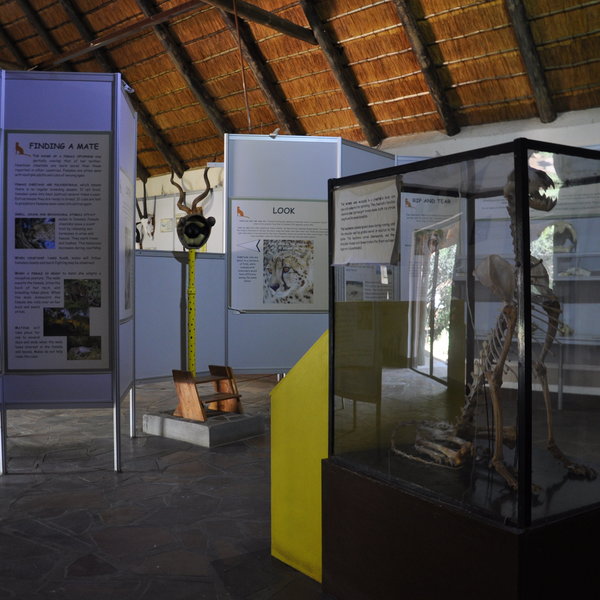
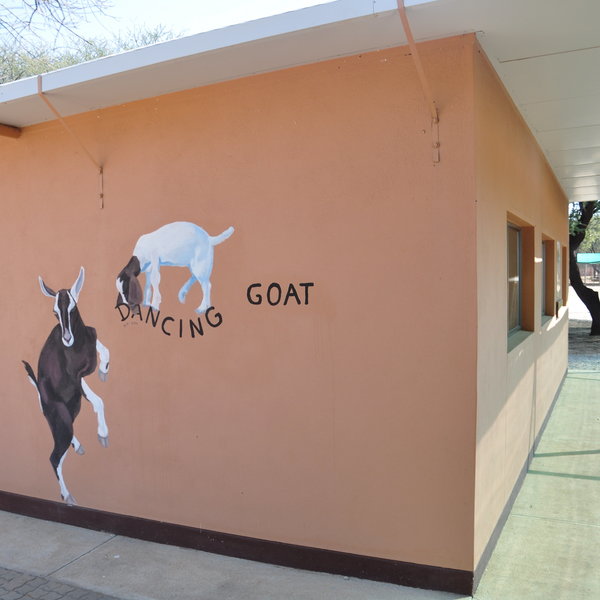
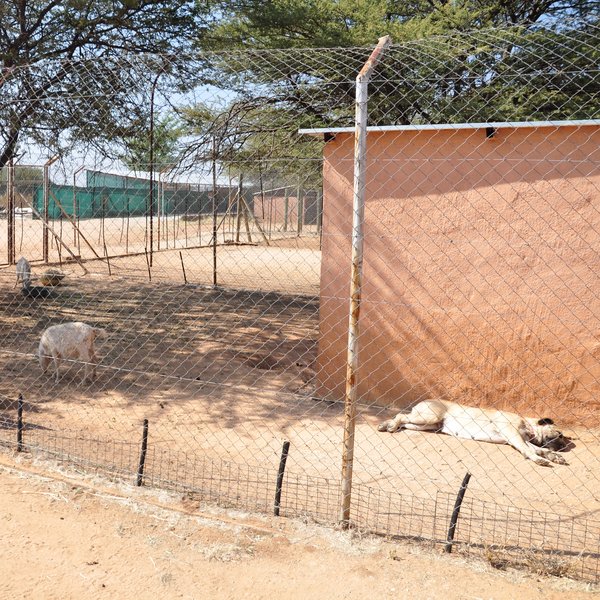
Expert Africa's gallery
When we travel we take lots of photos ourselves to give you a real and un-edited view of the safaris. See our 24 pictures of Cheetah View to get the candid view.
View galleryCheetah View Lodge: Our full report
Opened in June 2017, Cheetah View Lodge is the newest guest accommodation to be run by Namibia's Cheetah ...
... Conservation Fund (CCF) – a non-profit organisation committed to saving the cheetah from extinction. Set on the CCF's reserve, with views towards the Waterberg Massif, it is adjacent to the CCF's Research and Conservation Centre .
Cheetah View Lodge is part of the CCF’s Cheetah Eco Lodge portfolio.
The lodge has five suites – four standard suites and one family suite – all built of stone. The standard suites are in two blocks of two, back-to-back with each other. The family suite is set below the dining area in the main building, and is larger than the others, with two queen-size beds and a sofa bed. It also has the added benefit of overlooking the lodge's small waterhole.
All the suites are large and quite spacious inside. Décor is relatively simple and makes the most of neutral and earthy tones, not dissimilar to the reddish sand of the Waterberg region.
At the front of each suite is a lounge area with a small sofa and armchair, as well as a table and tea and coffee facilities. Large sliding doors open from the lounge onto a veranda with two wooden chairs and a table. This is a lovely spot to relax and take in the sights and sounds of the surrounding bush and look out to the Waterberg Plateau in the distance.
Between the lounge and the bedroom is the bathroom, with brushed concrete floors, basin, toilet and a large semi-open shower. Individual tiles dotted around the wall feature a finely detailed picture of a baobab tree and a rhino, which we thought was a nice touch when we stayed in June 2017.
The relatively simple bedroom is down some shallow steps from the lounge, past the bathroom. As well as twin beds with mosquito nets, wooden bedside tables and a wardrobe, there are two stretchers for your luggage. Being at the back of the property, the bedroom feels slightly dark, but it is perfectly comfortable and functional.
The main area is reached up a few steps from the family suite, or along the sloped driveway. Meals are normally taken communally around the dining table, while outside on the veranda you’ll find a table and chairs overlooking the camp’s waterhole. Although we did not see any wildlife here, we understand that steenbok, dikdik and jackal are sometimes seen coming to drink.
Cheetah View Lodge is in very close proximity to CCF’s rescue and rehabilitation operations within the cheetah sanctuary, and to the cheetahs themselves. The nearby research centre offers guests – both those from the lodge and day visitors – the chance to learn more about the cheetah and how the CCF is working to save them from extinction.
Most of the cheetahs here were rescued from human/wildlife conflict in Namibia, many of them as cubs, and would probably have died in the wild. Some cannot be re-released, and will remain in this safe haven, but those that have the possibility of being rehabilitated and released back into the wild are held far away from the public to minimise human contact. When we stayed, there were nine cheetahs with the potential for release back into the wild.
Activities from the lodge focus on the cheetahs that cannot be released, as well as on drives into the CCF’s reserve. Before breakfast, we had the chance to watch the cheetah run, during which the cheetahs are exercised for about 30–45 minutes, using a lure pulled along a track at speeds of up to 40km/h. This is a means of keeping the animals in good condition and provides fantastic photo opportunities, as you watch from inside the enclosure but behind a low fence.
On a cheetah drive, guests first tour the large CCF education and research centre, then are driven out into the cheetah enclosures for a close-up view of some of these magnificent cats, and perhaps to see them being fed.
There are also nature drives, termed the ‘Serengeti-sundowner drive’, into a part of the reserve where much of the encroaching bush has been cleared – leading it to be dubbed the ‘mini-Serengeti’ by CCF staff. Although, we did not get a chance to do this drive or to see this area, we understand that you can expect to see a good variety of plains game such as giraffe, oryx, eland and hartebeest.
The CCF itself, spearheaded by founder Dr Laurie Marker and general manager Dr Bruce Brewer, has many ongoing projects. These vary from genetic work on the cheetah’s DNA, a livestock guarding dog programme and bush-clearing initiatives. During our visit the integration of activities between lodge guests and day visitors was still being ironed out, but we are confident that as the lodge develops this will become clearer. We think that people with a real interest in the conservation and research work here will take the most away from their stay at Cheetah View Lodge.
Activities
4WD Safari
Private activities
Self-guided walking
Families & children
- Attitude towards children
- Children of all ages are welcome.
- Property’s age restrictions
- Children under the age of 16 may not watch the cheetah run.
- Special activities & services
- There are no special activities for children.
- Equipment
- There is one family chalet with could suit a family with two children depending on age.
- Generally recommended for children
- Although children under 16 are not able to do the cheetah run, the large education centre would be interesting to children and adults alike, and other activities enable children to get close-up views of cheetah.
- Notes
- The lodge’s proximity to cheetah, dogs and livestock means that younger children should be kept under close supervision at all times.
Food & drink
- Usual board basis
- Half Board
- Food quality
- During our stay in June 2017 we enjoyed the food at Cheetah View Lodge. We understand that much of the produce served here is sourced locally, with vegetables and meat from CCF's model farm, and cheeses, ice cream and other dairy products from their Dancing Goat Creamery.
For breakfast there was a buffet of fruit, cereals, yoghurt and cold meats and cheeses, with cooked breakfast items available to order.
A variety of light lunch options is available from the café, which is just across the road at the main CCF centre.
Dinner was enjoyed communally. We started with a hearty broccoli soup with freshly baked rolls. This was followed by a nicely cooked beef fillet steak with potato wedges, honey-glazed carrots and pepper sauce. Dessert was a chocolate brownie, which always goes down well. - Dining style
- Mixture of group dining and individual tables
- Dining locations
- Indoor and Outdoor Dining
- Drinks included
- No drinks are included.
Our travellers’ wildlife sightings from Cheetah View
Since mid-2018, many of our travellers who stayed at Cheetah View Lodge have kindly recorded their wildlife sightings and shared them with us. The results are below. Click an animal to see more, and here to see more on our methodology.

100% success

67% success

50% success

50% success

40% success

20% success

20% success

0% success

0% success

0% success

0% success
Getting there
- Location
- Central Highlands, Namibia
- Ideal length of stay
- 2 nights
- Directions
- Cheetah View Lodge is located on the CCF reserve near Otjiwarongo.
- Accessible by
- Self-drive
Sustainability
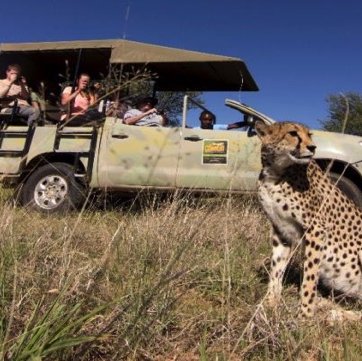
Cheetah Conservation Fund
Cheetah View Lodge is situated in the middle of a Cheetah Conservation Area and was built to provide its guests with exclusive access to the conservation project.
In 1997, Dr Laurie Marker visited Namibia and encountered the widespread opinion that cheetah were vermin – considered cattle-killers by local farmers. Dr Marker founded the Cheetah Conservation Fund (CCF) and has since spent her time teaching local farmers how to protect their livelihoods while preserving the lives of the animals. The fund has become the world’s leading organization in saving the cheetah from extinction in the wild, taking part in many conservation and research projects across Namibia. The main part of this conservation effort relies upon education – both of local people and of visitors to the area.
CCF initially opened its doors for tourists in 2007, building a three-room guest house. Due to its popularity, Cheetah View Lodge, with five private rooms, opened in 2017. The lodge now offers visitors the possibility to engage in activities that would contribute to CCF’s work whilst learning first-hand about the conservation efforts of cheetah. Guests’ experiences therefore continue Dr Marker’s work, educating people on how to live side by side with these animals. Tourists have a chance to see some of CCF’s resident cheetahs during their feeding, or go on a tour of the CFF’s main facility and further support the project by paying a visit to the Cheetah Café or the on-site gift shop.
See more great sustainability projects in Namibia
Communications
- Communications
- There is free WiFi in the main area, although this was not working at the time of our last visit. It is also possible to purchase a voucher to access WiFi in the café at the CCF.
- TV & radio
- None
- Water supply
- Borehole
- Water supply notes
- The water is solar heated and showers and toilets are fully plumbed in.
Health & safety
- Malarial protection recommended
- Yes
- Medical care
- The closest doctor is in the town of Otjiwarongo
- Dangerous animals
- High Risk
- Security measures
- Guards are present on the property at night.
- Fire safety
- There are fire extinguishers in each of the suites and also in the main area.
Useful info
- Disabled access
- On Request
- Laundry facilities
- No
- Money
- There is no safe or currency exchange.
- Accepted payment on location
- Cheetah View Lodge accepts Visa or Mastercard credit or debit cards. Payments may also be made in cash with Namibian dollars and South African rand.
Plan and book your trip with Expert Africa
All of our trips are tailor-made, so we'll always adapt them to suit you. Talk to an Expert and let us plan and arrange your perfect trip.

Talk to an Expert
Call or email us now! We’ll match you with the Specialist in our team who is best suited to help you. Then together we can start planning your trip.

Set up your itinerary
Based on our experience and your ideas, your specialist will create a detailed, costed itinerary. We’ll refine it together, until we have a trip that you’re perfectly happy with.

Prepare for your trip
The same Specialist will make the seamless arrangements for your trip, send you detailed travel documents, and be available to answer any questions before you depart.

Travel with peace of mind
After you set off, you’ll be cared for by our partners in Africa, most of whom have worked with Expert Africa for decades. And if you ever need us urgently, we’re available 24/7.

When you return
We love to learn about your trip, and so will always be grateful if you’ve the time to give feedback to your Specialist when you return.
Cheetah View Lodge's location
Look closer at the environment and surroundings of Cheetah View.
Other lodges in Central Highlands
Alternative places to stay in this same area.
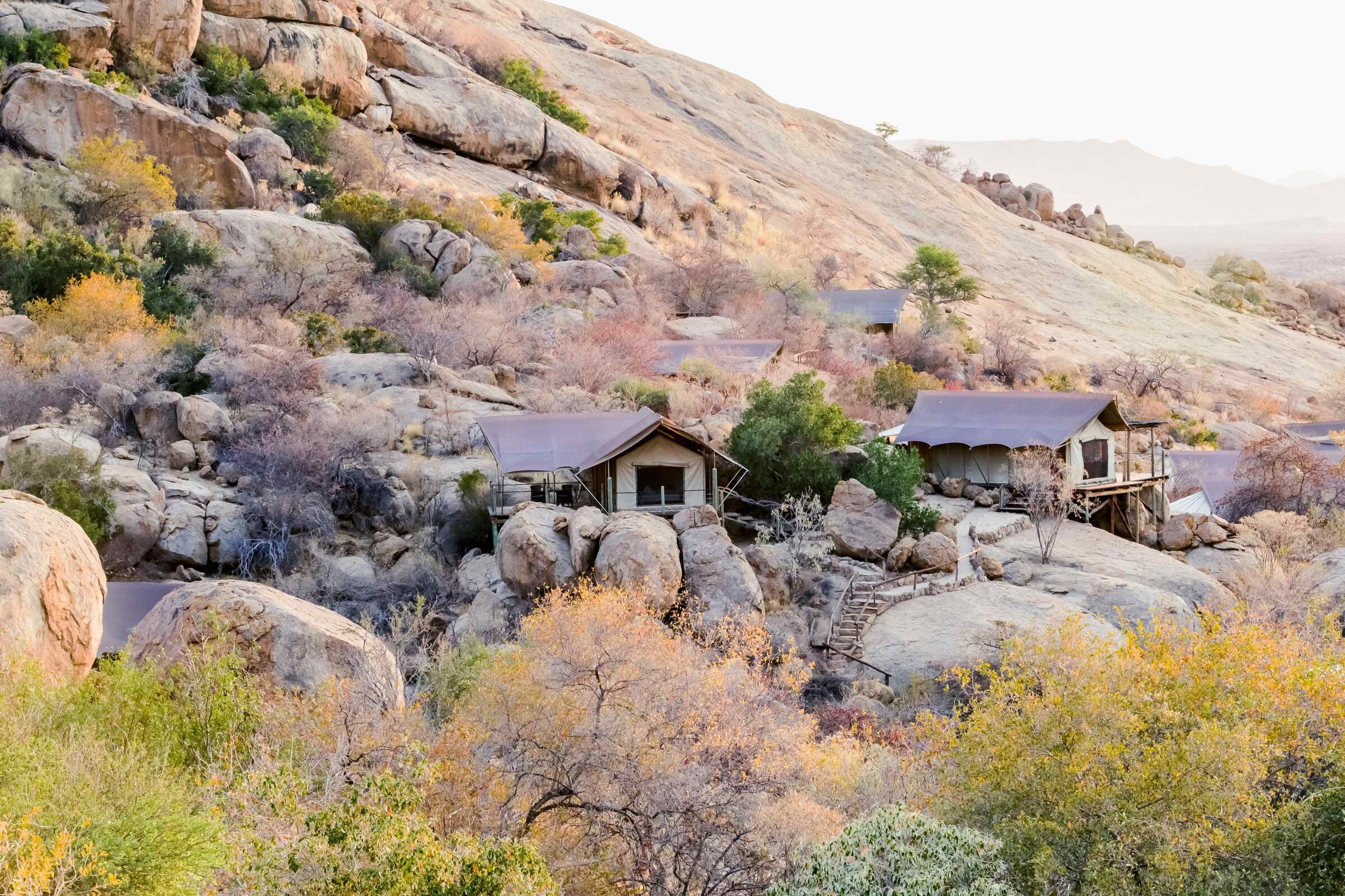
Ondudu
A long-time favorite, Ondudu Safari Lodge is now under new management, and we're eager to see how this charming, laid-back retreat continues to evolve.
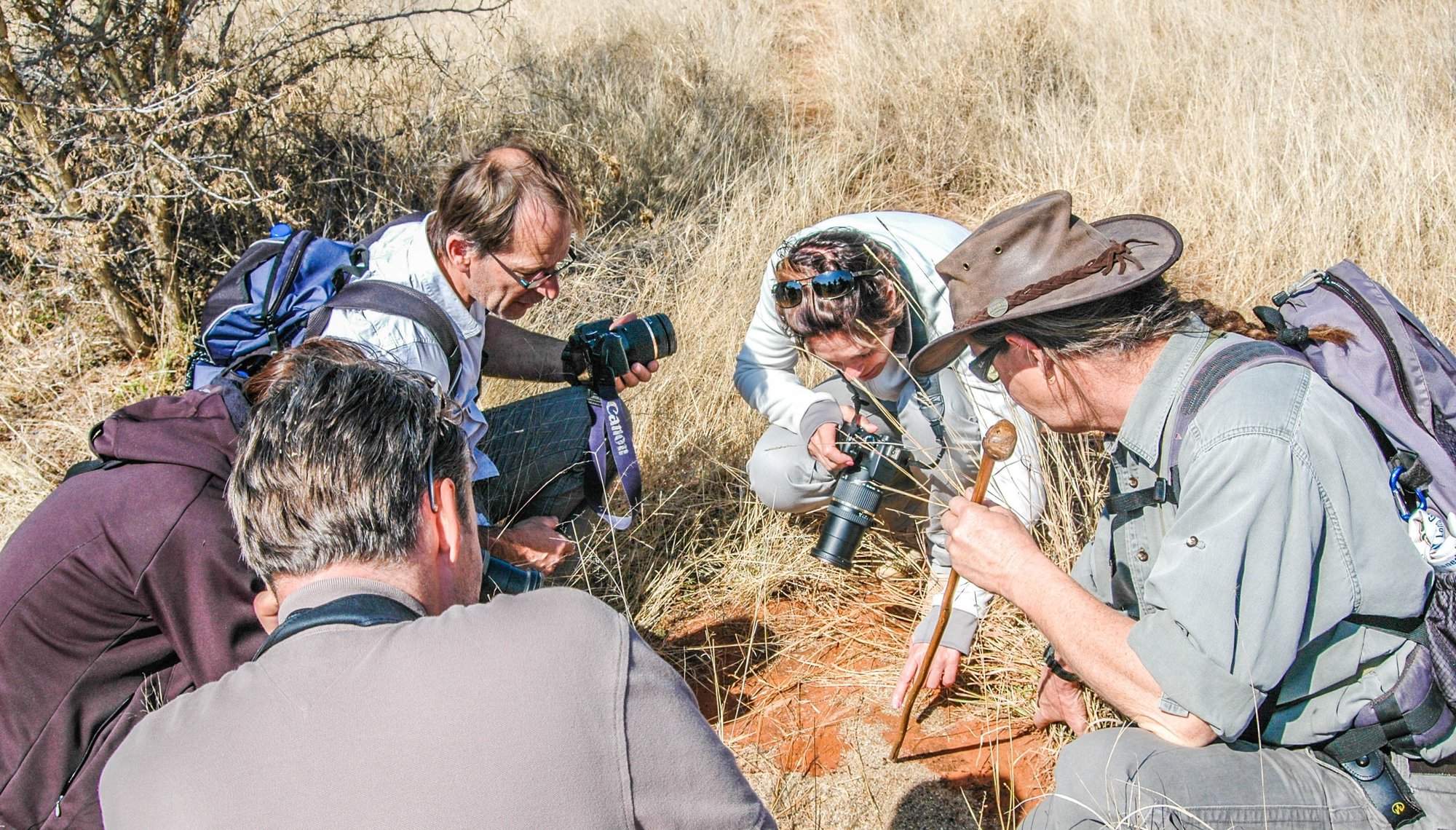
Mundulea Reserve
The rustic Mundulea Bushcamp offers superb and varied walking in the company of a top-class guide on a reserve that features many endangered or endemic species.
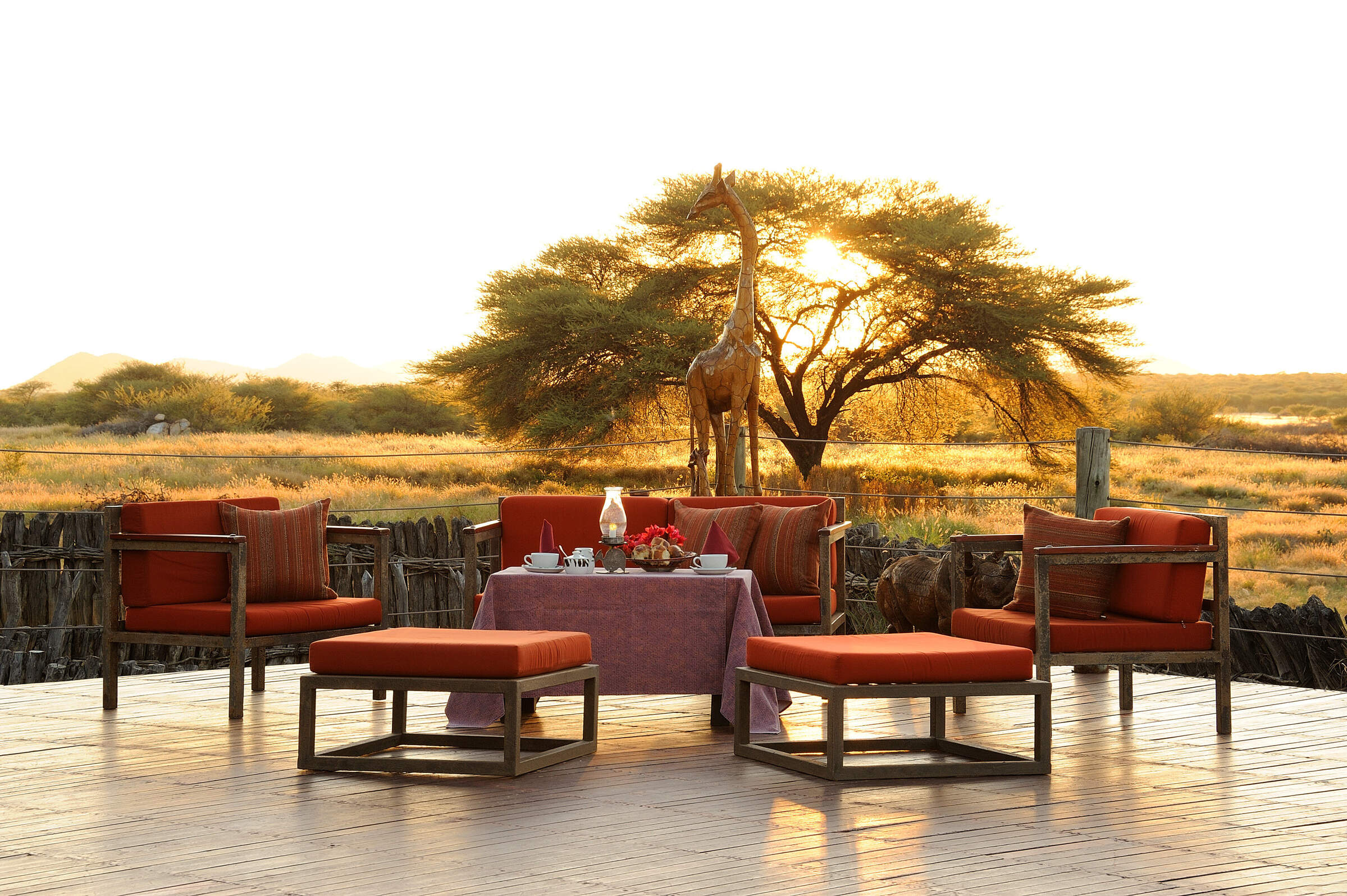
Frans Indongo Lodge
For a chance to spot some rare game species, Frans Indongo Lodge is an ideal stop over between Windhoek and the Etosha National Park.
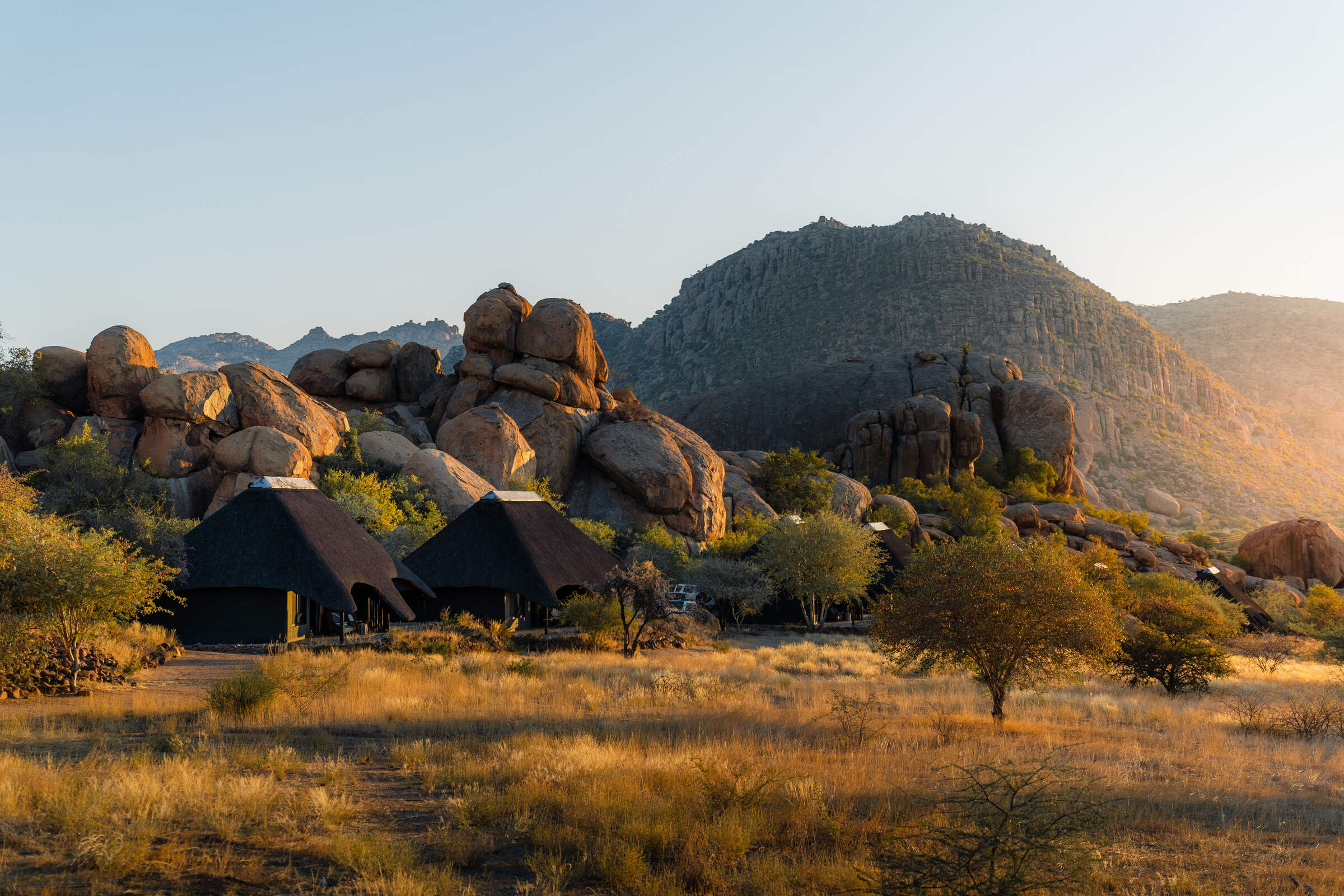
Ai Aiba Lodge
A convenient stop between Etosha and Windhoek,.Ai Aiba is a simple and relatively large lodge with plenty of great walking, and some spectacular San rock art.
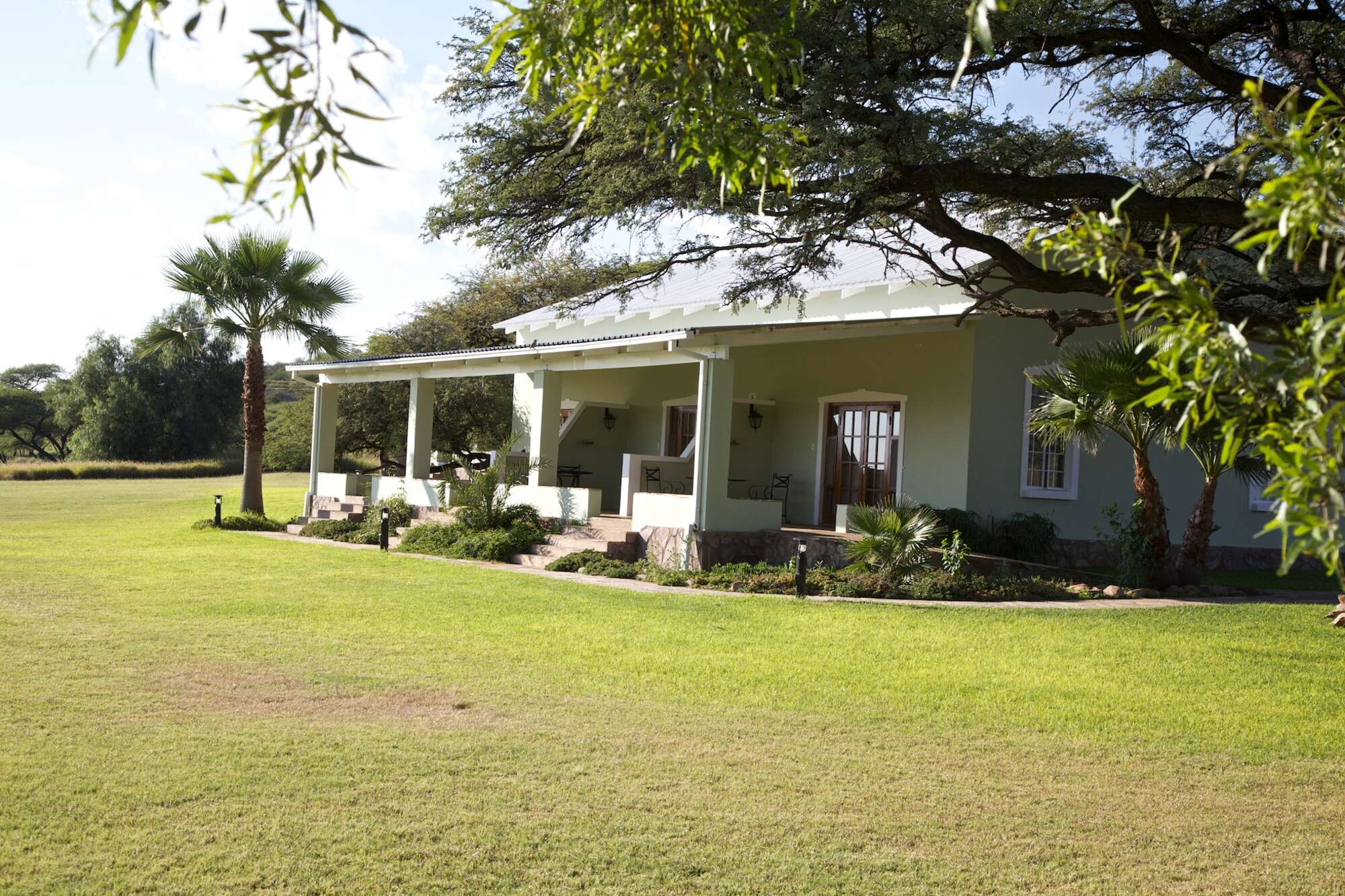
Ghaub Guest Farm
Ghaub Guestfarm is a charming guestfarm on the site of an old mission station, in an unusually verdant patch of Namibia.
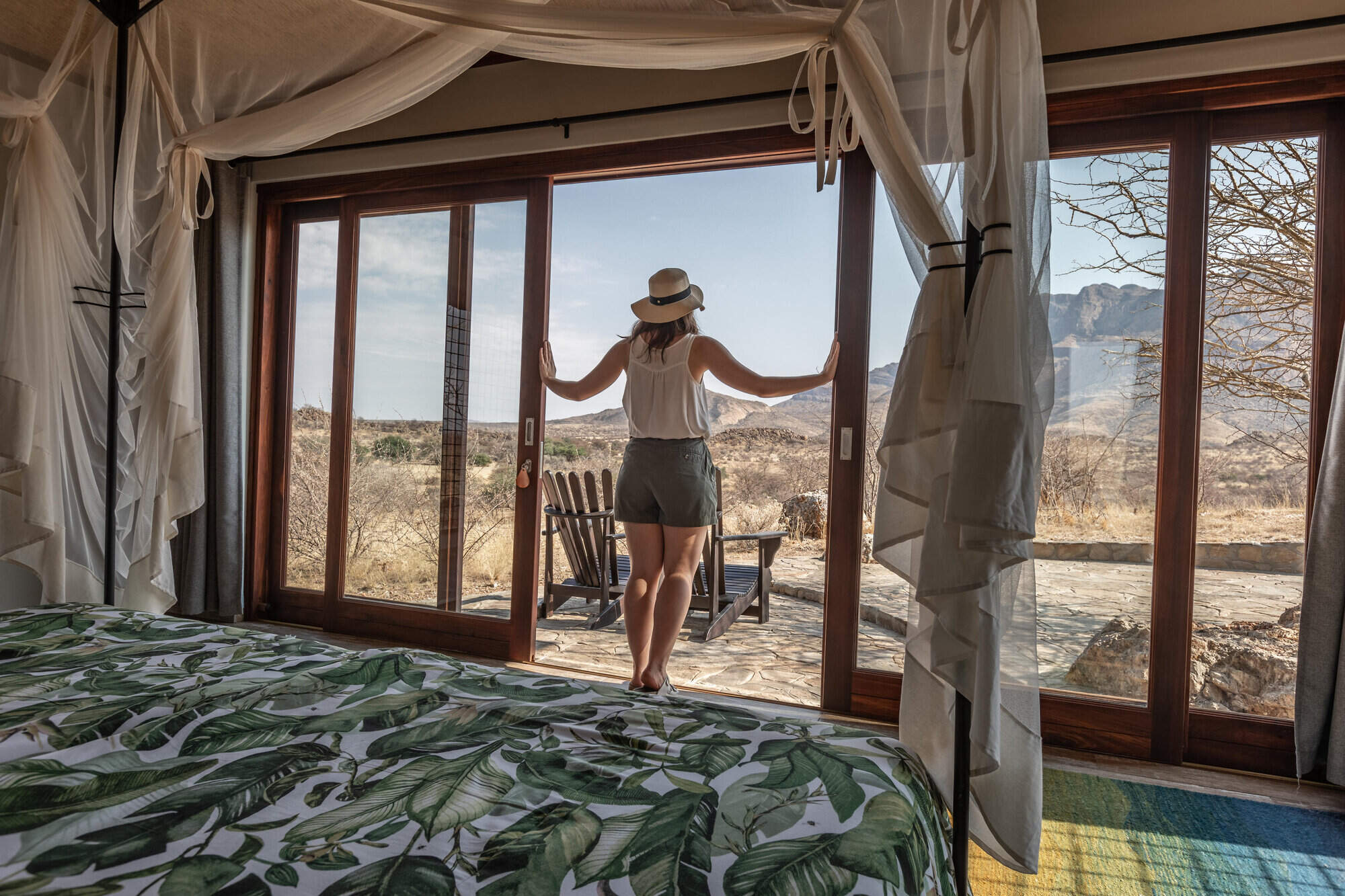
Hohenstein Lodge
Hohenstein Lodge is situated south of the Erongo Mountain Range. Each of its ten chalets has been built to make the most of the panoramic views.
When to go to Central Highlands
Our month by month guide: What it's like to visit Cheetah View in Central Highlands
Jan
Feb
Mar
Apr
May
Jun
Jul
Aug
Sep
Oct
Nov
Dec
Central Highlands in January
The Central Highlands experiences the heart of the rainy season in January. The Erongo Mountains and Otavi Highlands see localised showers, creating a refreshing change in the landscape.
Days can be clear and warm, with temperatures around 30°C/86°F, while others bring spectacular thunderstorms. These rains can cause flash floods in ephemeral rivers, temporarily transforming the usually dry landscape. The greening environment makes a striking contrast, especially in the rocky terrains of Spitzkoppe and Brandberg.
Many birds in the region, including those in the Waterberg Plateau Park, are in full breeding plumage, and migrant species are abundant. Wildlife in areas like the AfriCat Foundation near Otjiwarongo may be more dispersed due to increased water availability, making sightings less predictable.
- Variable weather, hot with occasional rain
- Thunderstorms possible in the Erongo Mountains and surrounding areas
- Wildlife dispersed, harder to spot
- Birdlife spectacular in the Waterberg Plateau
- Fewer tourists, lower rates for accommodation
Our view
This is not a great time to visit
Weather in January
Central Highlands in February
February is typically the wettest month in the Central Highlands. The variation in weather is significant; areas like Okahandja and Otjiwarongo can experience heavy rains, while the Erongo Mountains might see more sporadic showers. Some days are clear and hot, while others bring cloudy skies and spectacular thunderstorms. These rains can make travel challenging, especially on unpaved roads to attractions like Spitzkoppe.
The landscape turns vibrantly green, particularly noticeable in the usually arid areas around Brandberg. This abundance of water and vegetation makes wildlife viewing in places like the Waterberg Plateau Park more challenging, as animals disperse widely. However, it's an excellent time for birdwatching, with many species raising their young and insects becoming more prevalent.
- Hot and humid with some rainfall
- Lush landscapes in Otavi Mountains
- Excellent birdwatching opportunities
- Wildlife viewing challenging but rewarding
- Few tourists, good deals on accommodation
Our view
This is not a great time to visit
Weather in February
Central Highlands in March
March usually sees the rains in the Central Highlands tapering off, and daily temperatures can spike to close to 40°C/104°F. The Erongo and Otavi Mountains may still experience occasional showers, but many days are clear with strong sunshine. Late afternoons might bring short, spectacular thunderstorms, particularly around higher elevations like Waterberg Plateau.
The landscapes across the region, from Okahandja to Otjiwarongo, are often at their most vivid green. This abundance of vegetation can make wildlife spotting more challenging in areas like the AfriCat Foundation, as animals have plenty of cover. However, it's an excellent time for hiking in the Erongo Mountains or exploring the rock art at Brandberg – though it’s recommended to hike in the early mornings to avoid the soaring temperatures and last of the summer storms in the afternoons.
Many birds and animals are finishing raising their young, making it an interesting time for nature observation.
- Less rainfall, though humid and hot
- Erongo Mountains ideal for hiking
- Animals well-fed after months of plentiful rainfall
- Migratory birds begin to depart
- Few tourists visit during March, so rates often low
Our view
A good time to visit, with pros & cons
Weather in March
Central Highlands in April
April in the Central Highlands central Namibia is dominated by dry weather, with decreasing chances of rain. Temperatures in areas like Okahandja and Otjiwarongo start to fall towards the end of the month, making daytime conditions pleasant for outdoor activities. The nights might have a slight chill, especially in higher areas like the Erongo Mountains.
The landscape remains verdant from the recent rains, creating beautiful scenery around attractions like Spitzkoppe and Brandberg. This is an excellent time for photography, with clear air and spectacular landscapes. Wildlife viewing at places like the AfriCat Foundation or Waterberg Plateau Park can be rewarding, with animals in great condition after the rainy season. However, finding big game can still be challenging as water remains widely available.
April offers good value for tourists, with many lodges still charging low-season rates.
- Cooler nights, pleasant daytime temperatures
- Easter brings a slight increase in visitors
- Wildlife more visible as vegetation thins
- Fresh air and green landscapes
- Great time for photography in Spitzkoppe
Our view
A good time to visit, with pros & cons
Weather in April
Central Highlands in May
By May, central Namibia starts drying out rapidly. Days are typically warm with crisp, clear mornings and blue skies. Evenings are cool, with temperatures potentially dropping below 10°C/50°F overnight. If the rains have been good, areas like the Erongo Mountains and Otavi Highlands remain green, but wildlife starts to concentrate around permanent water sources.
The air quality and clarity in the region can be amazing, making this an ideal month for photography at iconic locations like Spitzkoppe or Brandberg. This is an excellent time for hiking in the Erongo Mountains or exploring the Waterberg Plateau, with comfortable temperatures and increasingly good wildlife sightings.
Many lodges in the area still offer low-season prices, making May a great value month for visiting the area.
- Dry, warm days and cool nights
- Landscapes transition from green to gold
- Excellent visibility for wildlife viewing
- Moderate rates as high season approaches
Our view
A very good time to visit
Weather in May
Central Highlands in June
June brings dry conditions. Skies are blue and largely cloudless over areas like Okahandja and Otjiwarongo. Days are lovely and warm, but nights can be cold, sometimes approaching freezing in exposed areas like Spitzkoppe. Visitors should pack warm clothing for early morning activities, such as game drives at the AfriCat Foundation.
Wildlife viewing in the region, especially around Waterberg Plateau Park, follows dry-season patterns with animals congregating around water sources. The clear air makes this an excellent time for photographers to capture the dramatic landscapes of the Erongo Mountains or Brandberg.
Historically, June has offered lower rates, but with increasing popularity, some lodges now consider it part of their high season, so early booking is advisable.
- Clear, crisp days and cold nights
- Erongo Conservancy offers great game drives
- Stargazing opportunities in the Brandberg area
- Wildlife concentrates around water sources
- Moderate lodge rates, increasing number of visitors
Our view
A very good time to visit
Weather in June
Central Highlands in July
July in the Central Highlands offers reliably warm daytime temperatures above 20°C/68°F and excellent wildlife viewing opportunities. Rain is extremely rare, and clear skies provide perfect conditions for stargazing in areas like the Erongo Mountains. However, the occasional cold front can pass over the area, and nights can be very cold, potentially dipping below freezing in exposed areas like Spitzkoppe. Visitors should dress in layers and be prepared for chilly mornings and evenings.
As vegetation becomes sparse, game concentrates around water sources, making this an ideal time for wildlife viewing at places like the AfriCat Foundation near Otjiwarongo, or Waterberg Plateau Park. The dry conditions also make this a great time for hiking and rock climbing activities in the region.
Lodges typically charge high-season rates, and popular spots can book up well in advance.
- Dry days, cold nights in the Central Highlands
- Peak season for wildlife viewing begins
- European holidays bring more family travellers
- Higher rates, advanced bookings necessary
- Excellent time for hiking in Waterberg
Our view
A very good time to visit
Weather in July
Central Highlands in August
August marks the height of winter in the Central Highlands. Expect cloudless skies and warm sun during the day, but nights can drop to freezing in exposed areas like Spitzkoppe or the Erongo Mountains. Visitors should bring warm clothes for chilly mornings and evenings, especially for activities like early game drives.
The landscape is at its driest, with golden-brown vegetation dominating. This makes wildlife viewing excellent, particularly in areas like Waterberg Plateau Park or the AfriCat Foundation near Otjiwarongo, as animals congregate around remaining water sources.
August is one of the most popular times to visit the Central Highlands, especially for families. Attractions like Brandberg's rock art sites or hiking trails in the Erongo Mountains are particularly appealing in the cooler weather. Early booking is essential for the best lodges.
- Warm days in the sun, very cold nights
- Spectacular stargazing in Erongo Mountains
- Wildlife viewing at its best in the region
- Peak season rates, limited availability
Our view
Fantastic: the very best time to visit
Weather in August
Central Highlands in September
September in the Central HighlandsCentral Highlands brings blue, cloudless skies and fantastic wildlife viewing opportunities. Rain is almost unheard of, and as the month progresses, both days and nights get warmer. Daytime temperatures in areas like Okahandja and Otjiwarongo can reach the low 30s °C/80s °F .
The air becomes dustier, which can create hazy conditions for photographers capturing the dramatic landscapes of Spitzkoppe or the Erongo Mountains. Wildlife viewing is at its peak, with animals congregating around remaining water sources. This makes September an excellent time to visit places like the AfriCat Foundation or Waterberg Plateau Park.
It's one of the most popular months for visitors, especially safari enthusiasts, and lodges charge high-season rates. Early booking is advisable for prime locations.
- Warm days, temperatures rising steadily
- Landscapes golden brown, great for photos
- Excellent month for wildlife observation
- High season rates, book well in advance
- Himba cultural tours available near Opuwo
Our view
Fantastic: the very best time to visit
Weather in September
Central Highlands in October
October is typically the hottest and driest month in the Central Highlands. Temperatures build throughout the month, with daily highs potentially exceeding 40°C/104°F in areas like Okahandja and Otjiwarongo. Despite the heat, the low humidity makes conditions bearable.
This is the peak of the dry season, making it an excellent time for wildlife viewing in places like Waterberg Plateau Park or the AfriCat Foundation, as animals gather around scarce water sources. However, dust and occasional smoke can make the air hazy, challenging for photographers. The Erongo Mountains and Spitzkoppe offer dramatic, parched landscapes.
October is popular among wildlife enthusiasts and commands peak-season prices. Towards the end of the month, visitor numbers may decrease slightly, offering a window for last-minute bookings.
- Hot and dry throughout Central Highlands
- Prime time for game viewing in reserves
- Waterberg Plateau offers scenic hikes
- Peak rates, limited availability at lodges
- Spitzkoppe ideal for rock art enthusiasts
Our view
A very good time to visit
Weather in October
Central Highlands in November
November in the Central Highlands can be unpredictable. Mornings are often hot and cloudless, but afternoons may bring cloud cover and cooler temperatures. Areas like Okahandja and Otjiwarongo might experience spectacular late-afternoon thunderstorms as humidity builds. These storms are typically localised and may be absent from more arid areas like Spitzkoppe. Places receiving good rain, such as the Erongo Mountains, quickly turn green, bringing a sense of renewal to the landscape.
This is an exciting time for wildlife, with many mammals giving birth. Once rains arrive, wildlife in areas like Waterberg Plateau Park becomes more dispersed, making game viewing more challenging. However, November is excellent for birdwatchers, with migrant species arriving in breeding plumage, especially noticeable in the diverse habitats of the Central Highlands.
- Variable weather, possible early rains
- New vegetation growth begins if it rains
- Wildlife viewing good in Erongo region
- Shoulder season, rates become more moderate
- Bird watching excellent as migrants return
Our view
A good time to visit, with pros & cons
Weather in November
Central Highlands in December
December marks the start of the rainy season in the Central Highlands and is one of the hottest months. In areas like Okahandja and Otjiwarongo, clear mornings often give way to building clouds and occasional spectacular thunderstorms. These rains are generally welcomed, refreshing the parched landscapes of places like the Erongo Mountains and Spitzkoppe. Even short showers can trigger a rapid greening, providing food for young animals.
Wildlife tends to disperse widely, which can make game viewing at locations like the AfriCat Foundation or Waterberg Plateau Park more challenging. However, many birds are breeding, sporting their most colourful plumage.
The holiday season can make popular attractions and accommodation options busy, especially in cooler areas like the Erongo Mountains. Visitors should book well in advance and be prepared for potential weather-related changes to their plans.
- Hot with possibility of rain showers
- Landscapes green where rain has fallen
- Otavi Mountains offer scenic game drives
- Best time for birding enthusiasts
- Holiday season brings more local tourists
Our view
This is not a great time to visit
Weather in December

Looking for inspiration on where to travel next?
Visit our trip chooser to explore your options and find inspiration for your perfect African adventure
Inspire me